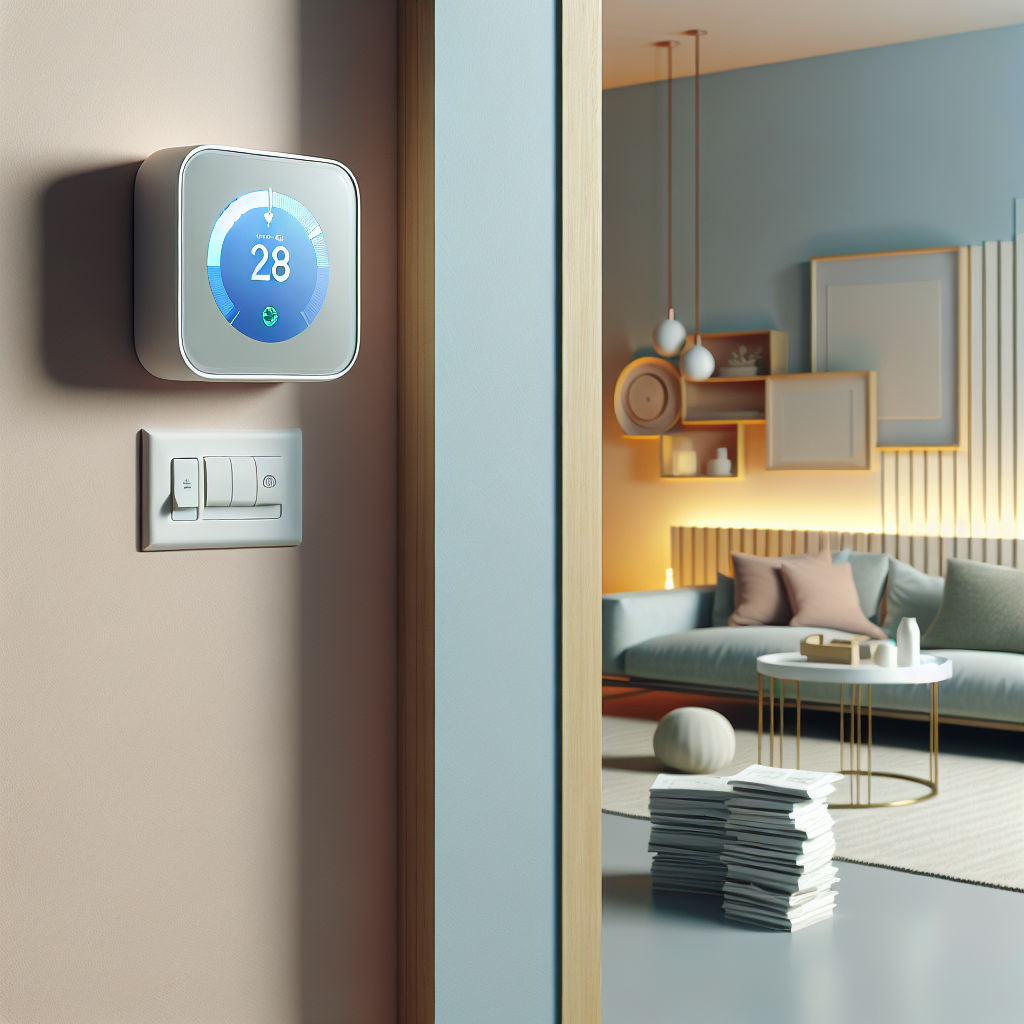Introduction
When it comes to managing household energy use, the battle often boils down to Smart Thermostats vs. Dumb Habits. In one corner, we have the sleek, intelligent devices that promise to optimize your home’s heating and cooling without so much as a finger lifted. In the other, the ingrained behaviors and manual adjustments many of us grew up with. But which actually leads to greater energy efficiency and cost savings?
The Rise of Smart Thermostats
Smart thermostats, such as the Google Nest or Ecobee, have revolutionized the way we control our home environments. These devices learn from your habits and adjust your home’s temperature automatically, aiming to both increase comfort and decrease energy usage. According to the U.S. Department of Energy, smart thermostats can save you about 10% a year on heating and cooling by simply turning your thermostat back 7-10 degrees Fahrenheit for 8 hours a day from its normal setting.
Understanding Dumb Habits
On the flip side, traditional methods—let’s call them ‘dumb habits’—involve manually changing thermostat settings or leaving it at a constant temperature. This approach often leads to unnecessary energy consumption, especially when the house is empty or everyone is tucked in bed. The energy inefficiency of these habits is not just a myth; it’s a costly reality for many.
Comparative Analysis
Cost Efficiency
One of the most compelling arguments for smart thermostats is the cost efficiency. By intelligently learning your schedule and adjusting temperatures based on whether you’re home, asleep, or away, these devices can significantly lower your monthly energy bills. In contrast, sticking with manual adjustments or fixed settings can lead to wasted energy, as heating or cooling often goes on when it’s not needed.
Environmental Impact
Environmentally speaking, the reduction in energy consumption with smart thermostats also means a decrease in your home’s carbon footprint. Traditional heating and cooling habits, if not managed carefully, can contribute unnecessarily to energy waste and by extension, environmental harm.
User Convenience
Let’s not overlook convenience. Adjusting a thermostat manually is hardly a Herculean task, but the ability of smart thermostats to adjust themselves while you’re snuggled up in bed or away on holiday is a clear step up in living standards.
Are Smart Thermostats the Definitive Winner?
While the benefits of smart thermostats seem to overshadow traditional methods, it’s not a one-size-fits-all solution. The effectiveness of smart thermostats can depend largely on other factors like insulation quality of the home and the residents’ lifestyle. Moreover, the initial investment for these smart devices and their installation might not appeal to everyone.
However, for those looking to streamline their energy use and cut down on waste, upgrading to a smart thermostat could be a wise decision. It’s a classic case of modern technology stepping in where old habits might fall short.
Final Thoughts
In the duel of Smart Thermostats vs. Dumb Habits, smart thermostats offer a compelling argument with their blend of cost efficiency, environmental friendliness, and user convenience. They represent not just a technological upgrade but a smarter way to live sustainably. As we continue to embrace smart home technologies, it’s clear that the smart thermostat is here to stay, outpacing outdated habits that could cost us more than just money.


